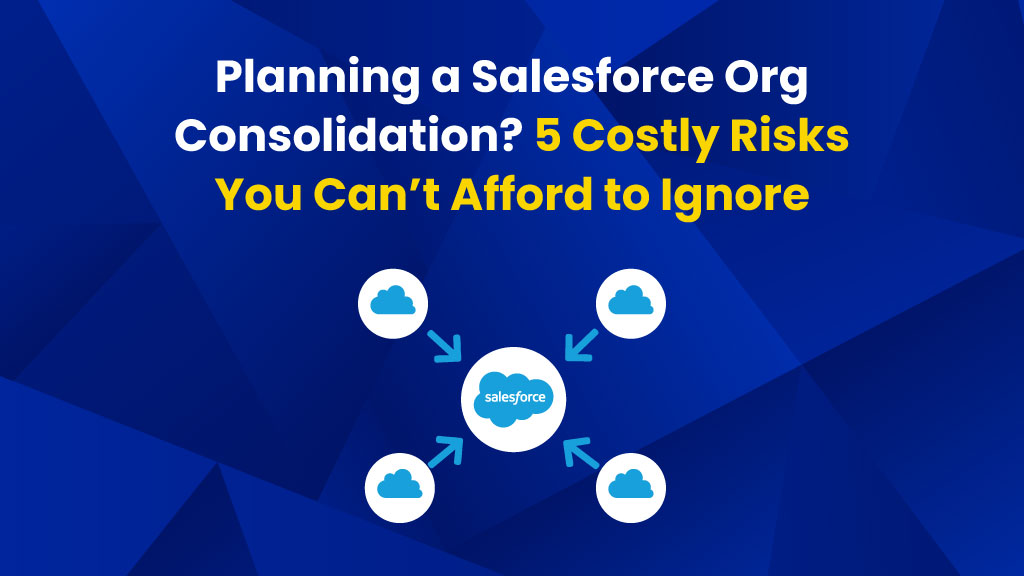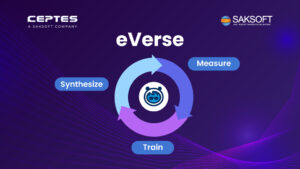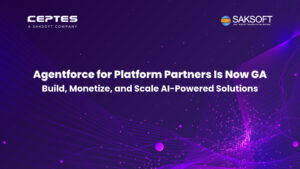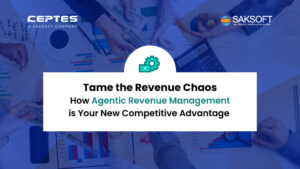If your company has recently gone through a merger or acquisition—or is simply growing at scale—you’re probably facing the complex task of consolidating multiple Salesforce orgs into one. At first glance, this may sound like a technical exercise. But make no mistake: a Salesforce org consolidation is a business transformation project.
Why? Because Salesforce isn’t just a CRM—it’s where your sales, service, operations, and marketing teams live and breathe. A poorly planned consolidation doesn’t just risk data loss or downtime; it can impact productivity, customer experience, and ultimately revenue.
Let’s break it down: you’re dealing with live systems that continue to evolve even during the merge. Sales reps are adding leads, service teams are logging cases, and marketing campaigns are running. You can’t hit pause—but you can plan smarter.
Understanding the Need for a Salesforce Org Merge
Salesforce org consolidation typically becomes a priority in one of three scenarios:
- After Mergers or Acquisitions: Two companies bring their own Salesforce environments to the table—often with different data models, processes, and customizations.
- Departmental Silos: Companies located in different regions may have implemented Salesforce independently, leading to duplicate efforts and fragmented customer data.
- Operational Efficiency: As businesses scale, managing multiple orgs becomes expensive and inefficient.
No matter the reason, the end goal is clear: create a single, streamlined, scalable Salesforce environment that supports collaboration, improves visibility, and reduces operational costs. But the journey to that ideal state is riddled with potential pitfalls.
In this blog, we’ll dive into 5 major risks business leaders need to watch out for during a Salesforce org merge —and how to avoid them with the right strategy and planning.
1. Inadequate Planning for Data Mapping and Migration:
This is the most underestimated piece of the puzzle. Organizations often assume data migration is simply a “lift and shift.” But it’s not. Each org likely has different data models, field naming conventions, validation rules, duplicate records, and data quality levels.
What can go wrong:
- Data loss or corruption
- Duplicates in key records like contacts, accounts, and opportunities
- Broken workflows and automation rules
- Inaccurate reports post-migration
How to avoid it:
- During consolidation, having a detailed data dictionary is essential to decide what data to merge, what to keep, and what to let go.
- Invest in a detailed data mapping and cleansing phase before the merge begins.
- Involve business stakeholders to understand which data is mission-critical.
- Run mock migrations in sandboxes before touching production.
- Use data migration tools with version control and rollback options.
2. Overlooking Security and Access Control Considerations:
Every Salesforce org has its own security model—profiles, roles, permission sets, and sharing rules. Combining them without a plan can inadvertently expose sensitive data to the wrong users, or worse, block access for the right ones.
What can go wrong:
- Data breaches or compliance violations (e.g., GDPR, HIPAA)
- Confused users with too much or too little access
- Broken approval workflows
How to avoid it:
- Conduct a security audit of all the orgs before the merge.
- Define a unified security model based on current business needs and compliance requirements.
- Work with your information security team to align data access policies.
- Use permission set in groups and role hierarchies to simplify access control post-merge.
3. Underestimating Integration Complexity
Each org might be connected to external systems—like ERPs, marketing automation tools, or custom APIs. Post-merge, those integrations need to point to the new unified org.
What can go wrong:
- Broken data flows between Salesforce and other systems
- Errors in real-time processes (e.g., order creation, customer onboarding)
- Revenue-impacting issues like delayed billing or case resolution
How to avoid it:
- Create a full inventory of all external integrations in each org.
- Identify integrations that are redundant or outdated.
- Plan for re-integration and re-authentication with the new consolidated org.
- Involve IT and integration architects early in the planning process.
4. Ignoring User Adoption and Change Management
Even if the merge is technically perfect, it can still fail if users don’t embrace the new system. Different teams may have different processes, layouts, and automations that they’re used to. Abrupt changes lead to frustration and workarounds.
What can go wrong:
- Poor adoption of the new org
- Decrease in productivity
- Increased support tickets and training overhead
How to avoid it:
- Involve key business users and department leads from day one.
- Communicate the “why” behind the merge to all users.
- Offer hands-on training and role-based walkthroughs.
- Set up a change champion network to encourage peer-led support.
5. Failing to Plan for Post-Merge Support:
You may have a Salesforce org merge checklist to start with, but what happens after the consolidation is done? It’s easy to think the hard part is over, but in reality, the real work begins post-merge. That’s when unexpected issues pop up — some small, others critical to your operations.
What can go wrong:
- Post-go-live bugs that disrupt sales or service operations
- Unclear ownership of ongoing issues
- User feedback not acted upon, leading to disillusionment
How to avoid it:
- Set up a dedicated support team for at least 60–90 days post-launch.
- Use ticketing or feedback tools to capture user issues in real time.
- Monitor system performance, adoption metrics, and error logs closely.
- Schedule a formal post-mortem review to document lessons learned.
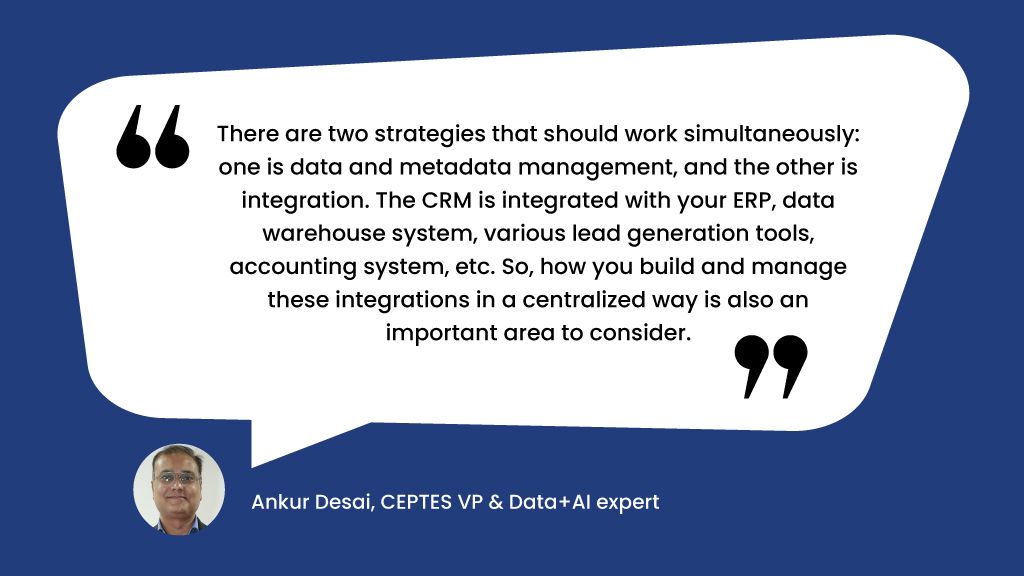
Wrapping Up: Plan Beyond the Platform
A Salesforce org merge isn’t just about systems—it’s about people, processes, and long-term strategy. Just remember: the success of your merge doesn’t depend solely on your tools—it depends on how well you prepare, communicate, and support your users through the change.
So, if you’re standing at the starting line of Salesforce org consolidation—don’t just dive in. Build a roadmap, rally your teams, and plan for the long game.
Need expert help for your Salesforce org merge?
We’ve guided enterprises through complex org consolidations adhering to Salesforce org merge best practices with zero data loss and minimal downtime. Let’s talk.
FAQ:
1. What is Salesforce Agentforce?
2.How much does an Agentforce AI action cost?
Each AI action performed via Agentforce consumes 20 Flex Credits, which equals $0.10 per action.
3.What are Flex Credits and how do they work?
4. Can I convert my unused user licenses into Flex Credits?
5.Are there any free credits available to try Agentforce?
Yes. Customers with the Salesforce Enterprise Edition or higher receive 100,000 free Flex Credits to get started with Agentforce.
Let innovation meet flexibility – Agentforce is your gateway to smarter AI adoption. Explore pricing and get started today.

Nilamani Das
Nilamani is a thought leader who champions the integration of AI, Data, CRM and Trust to craft impactful marketing strategies. He carries 25+ years of expertise in the technology industry with expertise in Go-to-Market Strategy, Marketing, Digital Transformation, Vision Development and Business Innovation.















